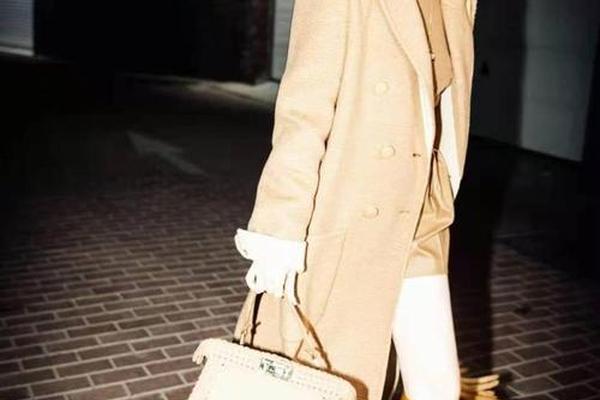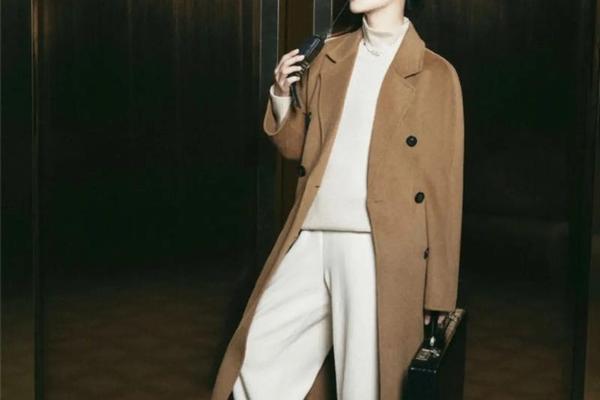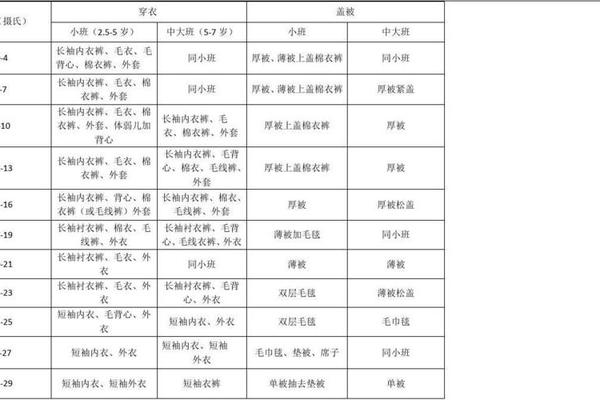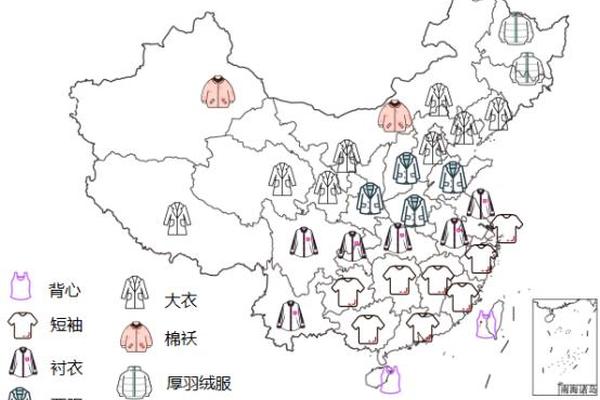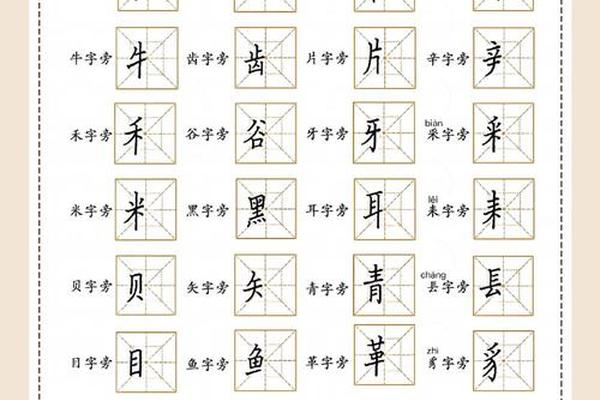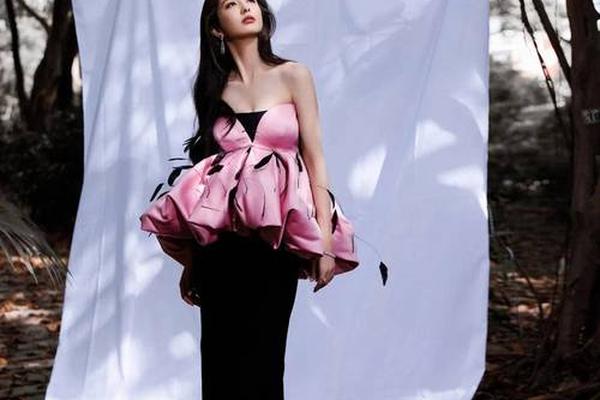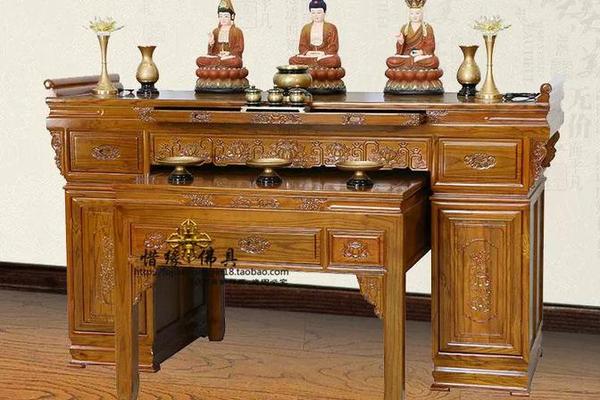在英语中,“穿衣服”或“穿上衣服”最常用的表达是 get dressed,其完整形式为 get + dressed(过去分词)。以下是详细解析及使用要点:
1. 短语结构与语法
> He went into his bedroom to get dressed. (他进卧室穿衣服。)
> Hurry up and get dressed! (快点穿上衣服!)
2. 与其他“穿”相关词汇的区别
可表示“给某人穿衣”(及物动词)或“自己穿衣”(不及物动词),需搭配“人”作宾语,如:
> She dressed the baby. (她给婴儿穿衣服。)
> He cannot dress himself. (他不会自己穿衣服。)
强调“穿”的具体动作,后接衣物名称(如 put on a coat)。
> She puts on her shoes. (她穿上鞋子。)
表示“穿着”的状态,而非动作。
> She is wearing a red coat. = She is dressed in red. (她穿着一件红色外套。)
特指“精心打扮”或“穿正装”,与日常穿衣(get dressed)不同。
> I’ll dress up for the party. (我会为派对盛装打扮。)
3. 常见疑问解答
“get”作为系动词需搭配过去分词(如 dressed, married),表示被动或完成的状态。若用“dress”(动词原形),则语法错误。
get dressed 更口语化,而 dress 可用于正式或非正式场合。
4. 实用场景扩展
> Let’s get dressed! (快来穿衣服!)
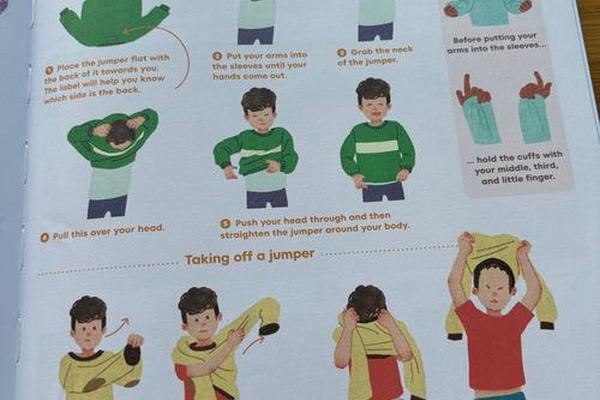
> Your socks don’t match. (你的袜子不成对。)
> Slip into the suit, put on shoes, and throw on a coat. (快速穿西装、穿鞋、披外套。)
避免混淆:与 dress up(打扮)、put on(穿的动作)等区分。


